Clay has been known to mankind since ancient times and is actively used in economic activities. In our article, we want to talk about its types and how clay is extracted.
The origin of clay
Before you start a conversation, I want to define the breed. What is clay? This is a sedimentary fine-grained rock that has a dust-like structure in the dry state and ductile when wet.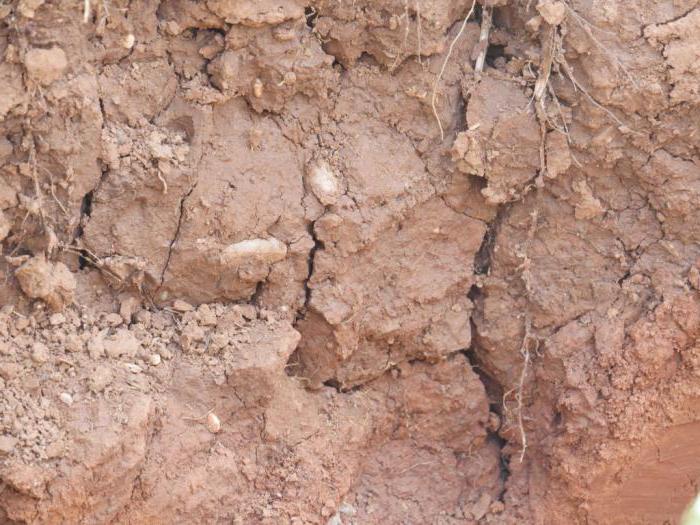
It is formed as a result of the destruction of rocks, for example, in the process of weathering. The main source of clay strata are feldspars. It is during their destruction under the influence of atmospheric reagents that clay minerals are formed. Sometimes the layers are formed in the process of accumulation. But more often this occurs as a result of sediment of water flows. Then clay accumulations form at the bottom of the seas and lakes.
Varieties of clay
Sedimentary clays are formed as a result of transfer to a new place and subsidence of clay weathering products there. Such rocks are divided by origin into continental (formed on the mainland) and marine (formed on the seabed).
In turn, sea clays are divided into:
- Coastal marine. They are formed in coastal regions, river deltas and bays. They are characterized by unsorted material. Very often, such rocks are interbedded with siltstones, sandstone, and coal seams.
- Lagoon. Such clays form in sea lagoons (desalinated or with a high concentration of salt). As a rule, rocks contain iron sulfides, calcites. Among them are refractory species.
- Offshore. Such clays are formed at a depth of not more than 200 meters. They are more uniform in composition.
But among the clays of continental origin distinguish:
- Deluvial, which are characterized by a mixed composition and its sharp change.
- Lakeside. In such rocks there are all clay minerals. It is believed that the best types of refractory species belong to lake clays.
- Proluvial. Such rocks are formed by temporary flows. They are characterized by poor sorting.
- River can be found on the terraces of ponds, especially in the floodplain. Such rocks are poorly sorted and quickly pass into pebbles and sands.
In addition, residual clay is isolated. They are formed as a result of weathering of all kinds of rocks on the sea or land. Usually they are slightly plastic. Continental residual rocks include kaolins and other eluvial clays.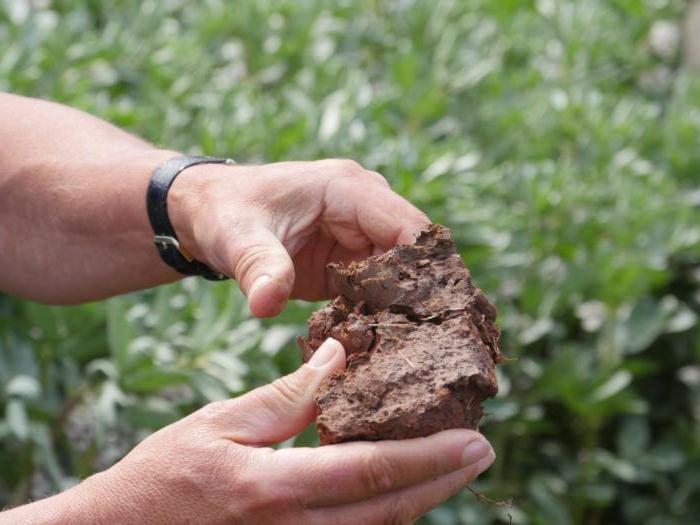
In Russia, the extraction of clay (ancient residual rocks) is quite common in Eastern and Western Siberia, in the Urals.
Is the earth rich in clay?
Clay is present in many regions of the globe. If there is not so much black gold and diamonds on Earth, then there is certainly plenty of clay. This is quite natural, since the rock is sedimentary and, in fact, represents stones shabby with time and external factors, crushed to a powder state. The clay is inhabited by a variety of organisms that affect its shade. Not the last role in staining the mineral is played by iron salts. In nature, there is pink, green, blue, yellow, red and other clays.
In the old days, clay was mined along the banks of lakes and rivers. They also dug special pits for mining. Then the mineral became easier to obtain from the potter than to mine it yourself. Of course, the extraction of red clay is a simple matter. But, for example, noble white used to be available only in special shops for artists. Currently, in any store you can buy a mineral in the form of a cosmetic product.Of course, such clay is not sold in its pure form, but with all sorts of additives.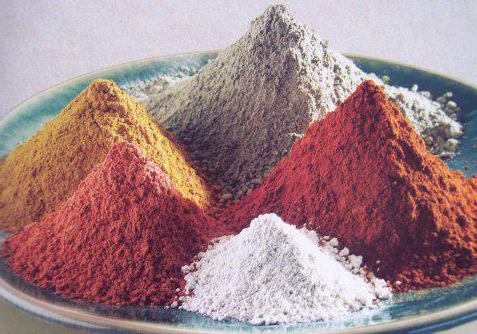
Clay is found in our daily life almost daily. Field paths and paths in the heat are covered with a layer of dust, in the rain they become softened like slurry, because there are also minerals.
Clay properties
The widespread extraction of clay (photos are given in the article) is directly related to its properties, since it has long been used by people for various purposes. In its dry form, it absorbs water perfectly, and when wet, it does not pass moisture at all. As a result of mixing and kneading, clay can take a variety of forms, preserving them even after drying. This property is called ductility.
In addition, clay has a good binding ability with solids and powders. As a result of mixing with sand, a plastic mass is obtained. However, its ductility decreases with increasing sand and water in the mixture.
Skinny and Fatty Varieties
Clays are divided into “skinny” and “fatty”. The second have a high degree of plasticity. And they got the name “greasy” because they seem greasy to the touch when soaked. Such clay is slippery and shiny, it contains few impurities.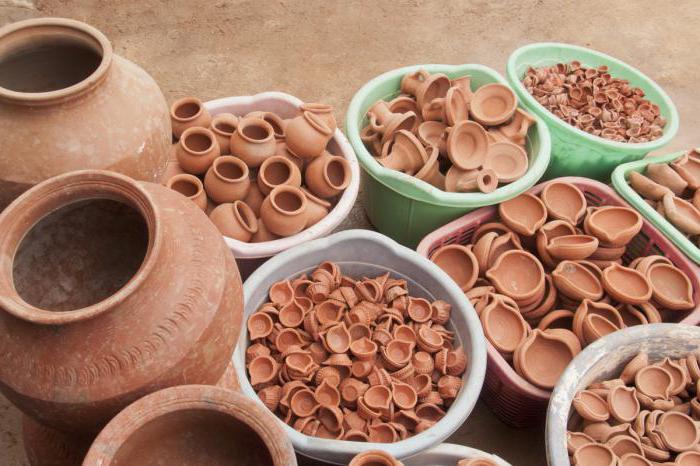
The extraction of sand and clay is always inextricably linked, since they are usually used as a mixture of them. So, for example, in the manufacture of bricks from greasy clay, many cracks form during firing. To avoid such unpleasant moments, sand is added to the clay (sometimes sawdust, brick fragments).
Minerals that are non-ductile or non-ductile are called “skinny”. They are rough to the touch and have a matte finish. During friction, such clay crumbles with ease, since it contains a lot of impurities. A brick made from such a mineral is not durable.
A very important property of clay is its relation to firing. As you know, soaked, it hardens in the sun. However, it can easily be crushed into dust. But after firing, clay changes the internal structure. At very high temperatures, clay can even melt. It is the melting temperature that characterizes the refractory properties of a substance. Different types of clay have completely different refractory properties. There are such types of minerals that require tremendous heat for firing (about 2000 degrees). Such temperatures are difficult to obtain even in the factory, so there is a need to reduce refractoriness. This can be achieved by introducing additives (lime, iron oxide, magnesia). They are called fluxes.
Clay has a different color (white, yellow, bluish, brown, red, etc.). The quality of the brick in no way depends on the shade of the mineral.
The use of clay for medicinal purposes
Some varieties of clay are used for medicinal purposes. White is used to treat obesity, bowel disease, hair loss, and nail strengthening. Red is used for cardiovascular diseases, varicose veins, hypotension, endocrine and nervous diseases. Yellow clay helps with osteochondrosis, headaches, problems with the intestines and stomach.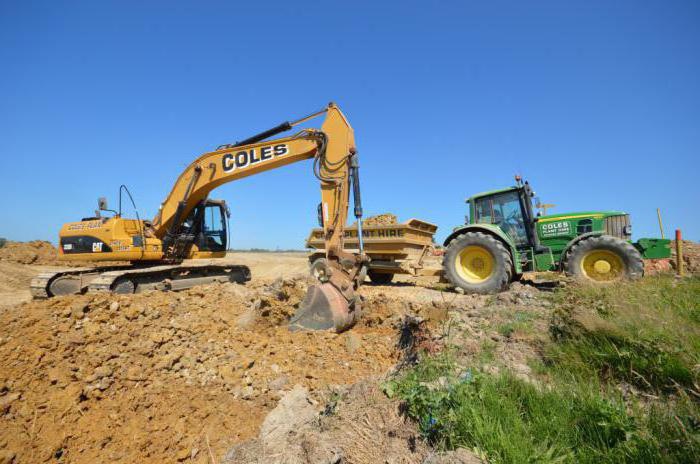
Black is used to lower the temperature, to treat inflammatory skin diseases, to rejuvenate the body. But blue clay is used to treat obesity, hypothyroidism, relieve muscle weakness and improve joint mobility. In cosmetology, this type of clay is used for oily skin.
Industrial application
Clay is actively used in industry: in the production of ceramic dishes, tiles, earthenware and porcelain sanitary ware. Mineral is also in demand in construction. Clay is used in the manufacture of bricks, building materials and expanded clay. It is also the basis for all brick and pottery production. In a mixture with water, clay forms a plastic doughy mass that can be processed.The initial properties of the raw materials may vary significantly depending on the place of origin.
Natural red clay owes its color to the presence of iron oxide in its composition. When firing, depending on the type of furnace, it can acquire a whitish or red hue. It is actively used for the manufacture of small sculptures.
White clay is quite common in the world. When wet, it has a light gray color. But after firing, it acquires a noble shade of ivory. This species is incredibly plastic due to the absence of iron oxide in the composition. White clay is used to make tiles, dishes, plumbing, crafts.
For the production of porcelain items, a special type of clay is used, in which quartz, kaolin and feldspar are present, but iron oxide, on the contrary, is absent. When wet, the mineral has a light gray tint, but after firing it acquires a white color.
Clay: method of extraction
There are a variety of ways to extract a mineral. It all depends on the volume of stocks and location. As you know, there are quarries for the extraction of clay, in which the extraction of mineral from the array is carried out by gear-milling machines or excavators.
With large volumes of rocks, especially if the work is done in the winter, the explosive method is used. Extraction of clay and kaolin (blue, white clay) in conditions of high quarry humidity or at kaolin plants is carried out by hydraulic monitors.
For ceramic enterprises, the breed is mined in specially developed quarries, after which it is transported by rail and road to its destination. As a rule, several types of clays occur immediately in the rock formation. Each variety is harvested separately.
Place of Birth
Natural accumulations of rocks are called deposits. The territory of Russia is rich in reserves of various types of clay. For the ceramic industry, deposits of pure rocks, which contain few impurities, are of great interest. They belong to kaolin and refractory clays. The extraction of ordinary (fusible) varieties in Russia is carried out almost everywhere. But deposits of refractory and blue clay are much less common.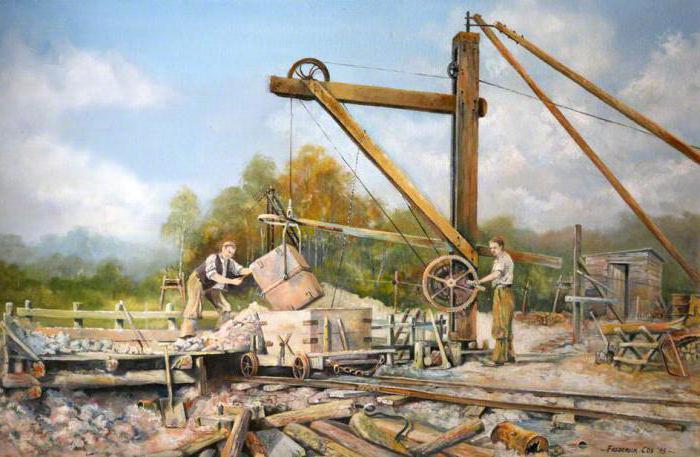
Clay mining in Russia is carried out in such fields as Kashtymskoye, Nevyanskoye, Astafyevskoye, Palevskoye. Each of them has its own characteristics, depending on the conditions of formation, chemical and mineral composition.
Deposits of refractory species are much more common than kaolin ones. But at the same time, the most numerous are places where refractory varieties are adjacent to refractory ones. In Russia, the most famous among them are Troshkovskoye, Latnenskoye and Gzhelskoye deposits.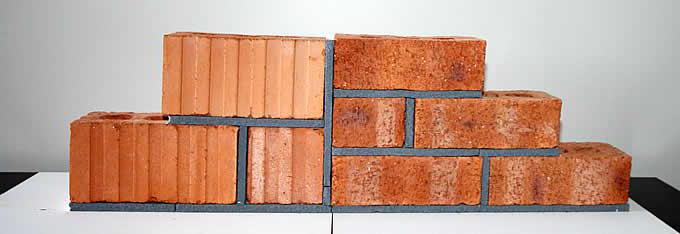
But the main places for bentonite mining are the Gumbri, Aksanskoye and Oglalinskoye deposits.
The place of clay extraction is always chosen depending on the quality indicators of raw materials, the volume of reserves and the economic benefits of their development.
Instead of an afterword
Since ancient times, people use the properties of clay for their own purposes. Its vast reserves make it possible to apply without regard to various industries and in everyday life.